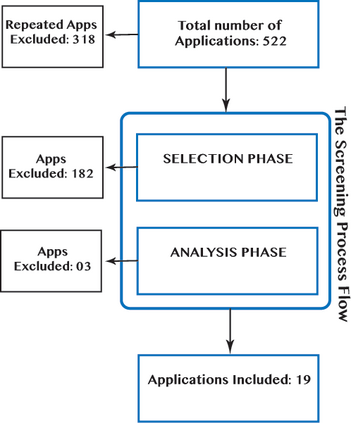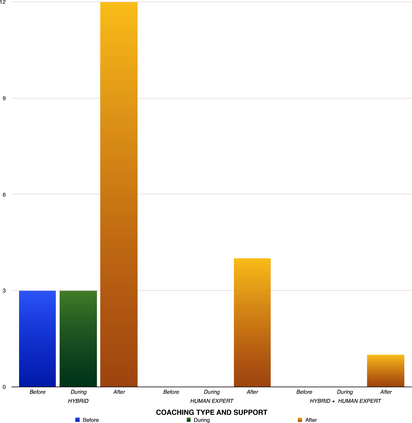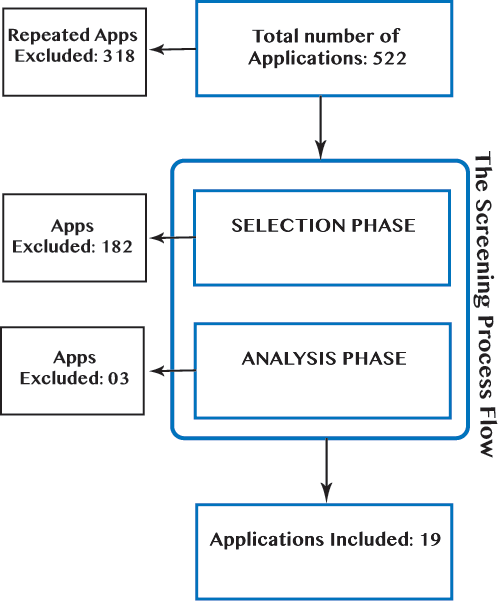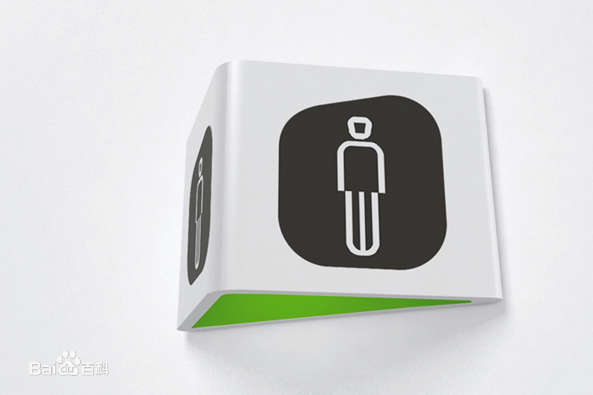The rapid growth in mobile healthcare technology could significantly help control chronic diseases, such as diabetes. This paper presents a systematic review to characterise type 1 & type 2 diabetes management applications available in Apple's iTunes store. We investigated "Health & Fitness" and "Medical" apps following a two-step filtering process (Selection and Analysis phases). We firstly investigated the apps compliance to the persuasive system design (PSD) model. We then characterised the behaviour change techniques (BCTs) of top-ranked apps for diabetes management. Finally, we checked the apps regarding the stages of disease continuum. The findings revealed apps incorporation some PSD principles based on their configuration and behaviour change techniques. Most apps miss the element of BCT and focus on measuring exercise and caloric intake. Few apps consider managing specific diabetes type, which raises doubts about the effectiveness of those apps in providing sustainable diabetes management. Moreover, people may need multiple apps to initiate and maintain a healthy behaviour.
翻译:移动医疗技术的快速增长可以极大地帮助控制糖尿病等慢性病。 本文对苹果的iTunes 商店中的1型和第2型糖尿病管理应用程序进行了系统化审查, 描述其特征。 我们调查了两步过滤过程( 选择和分析阶段) 之后的“ 健康与健康” 和“ 医疗” 应用程序。 我们首先调查了具有说服力的系统设计( PSD) 模式的应用程序的合规性。 我们随后对糖尿病管理顶级应用程序的行为改变技术( BCTs ) 进行了定性。 最后, 我们检查了疾病连续各阶段的应用程序。 调查结果显示, 应用程序根据配置和行为变化技术纳入了私营部门司的一些原则。 多数应用程序缺少 BCT 元素, 侧重于测量练习和卡路里摄入量。 少数应用程序考虑管理特定的糖尿病类型, 这使人们怀疑这些应用程序在提供可持续的糖尿病管理方面的有效性。 此外, 人们可能需要多个应用程序来启动和维持健康的行为。








